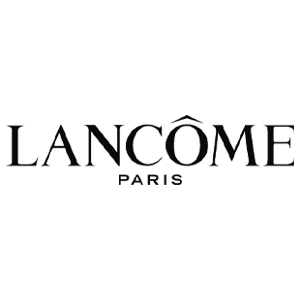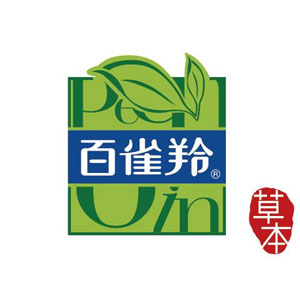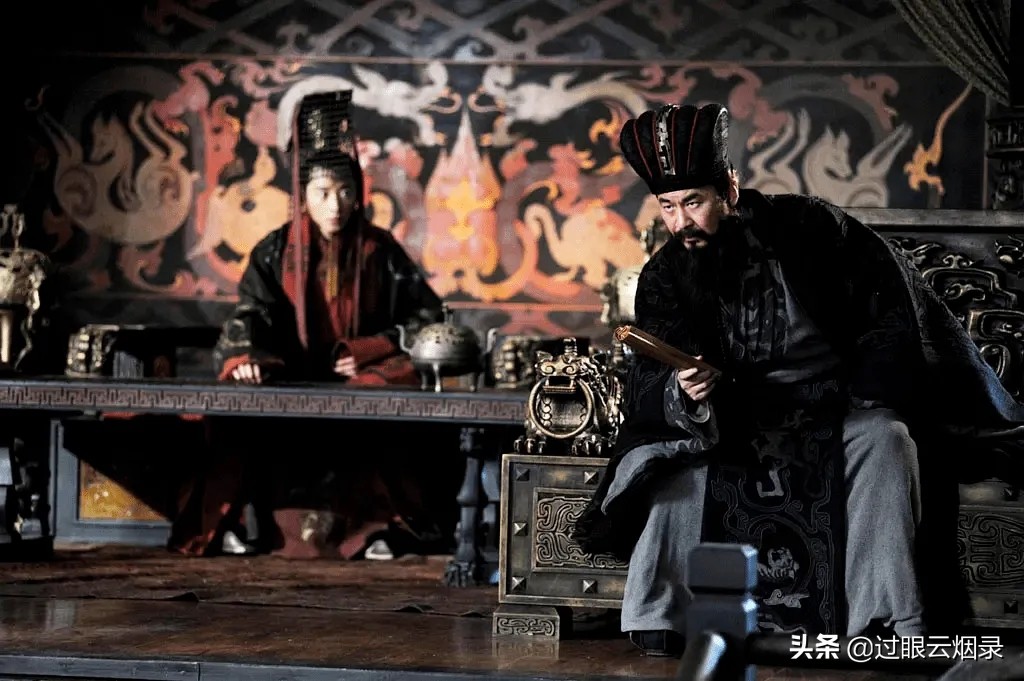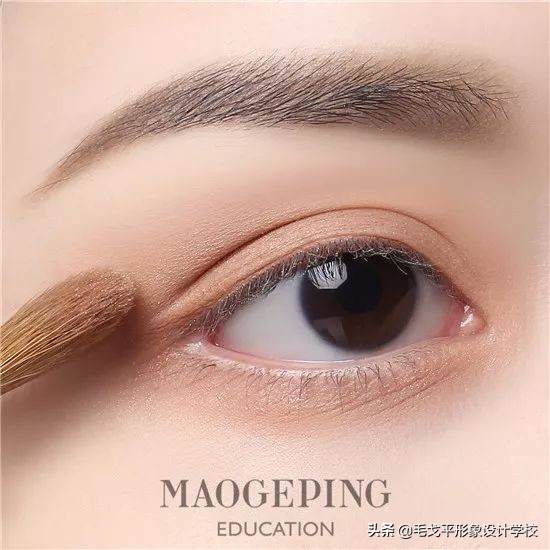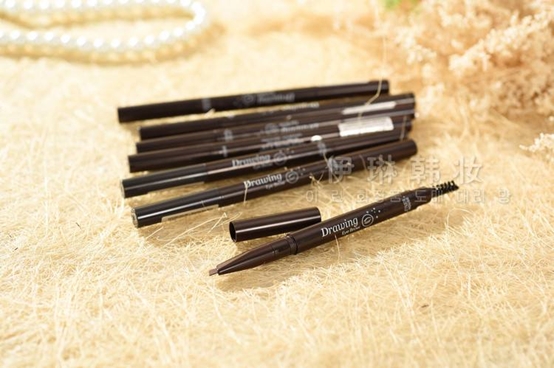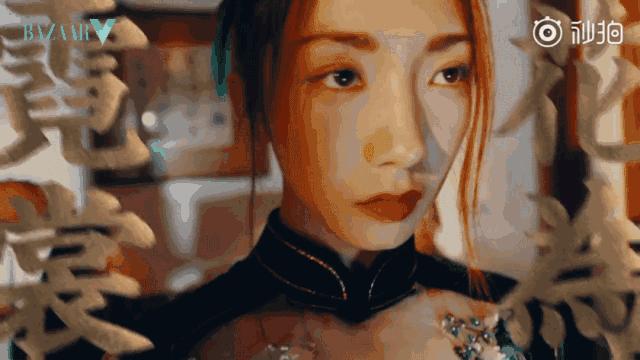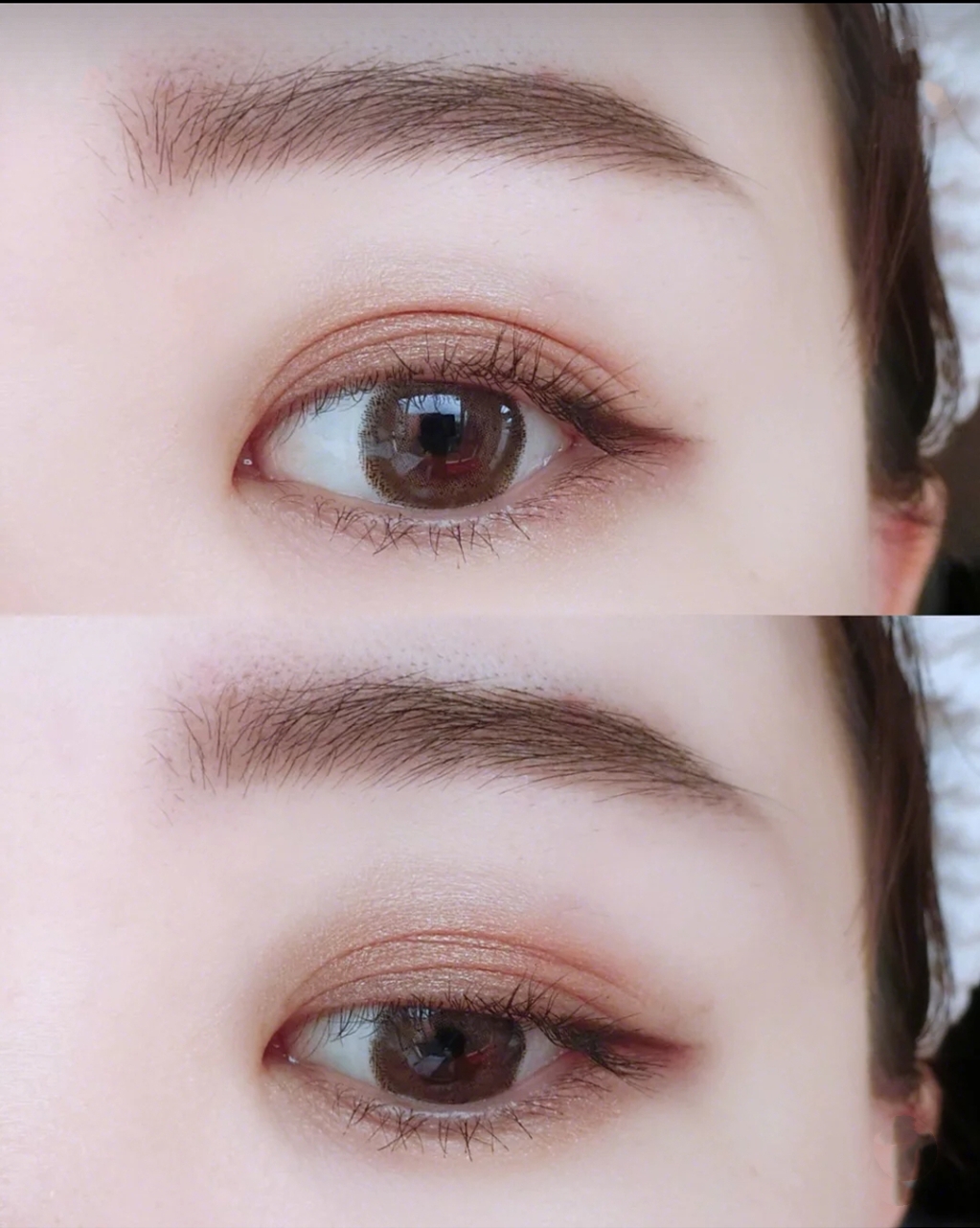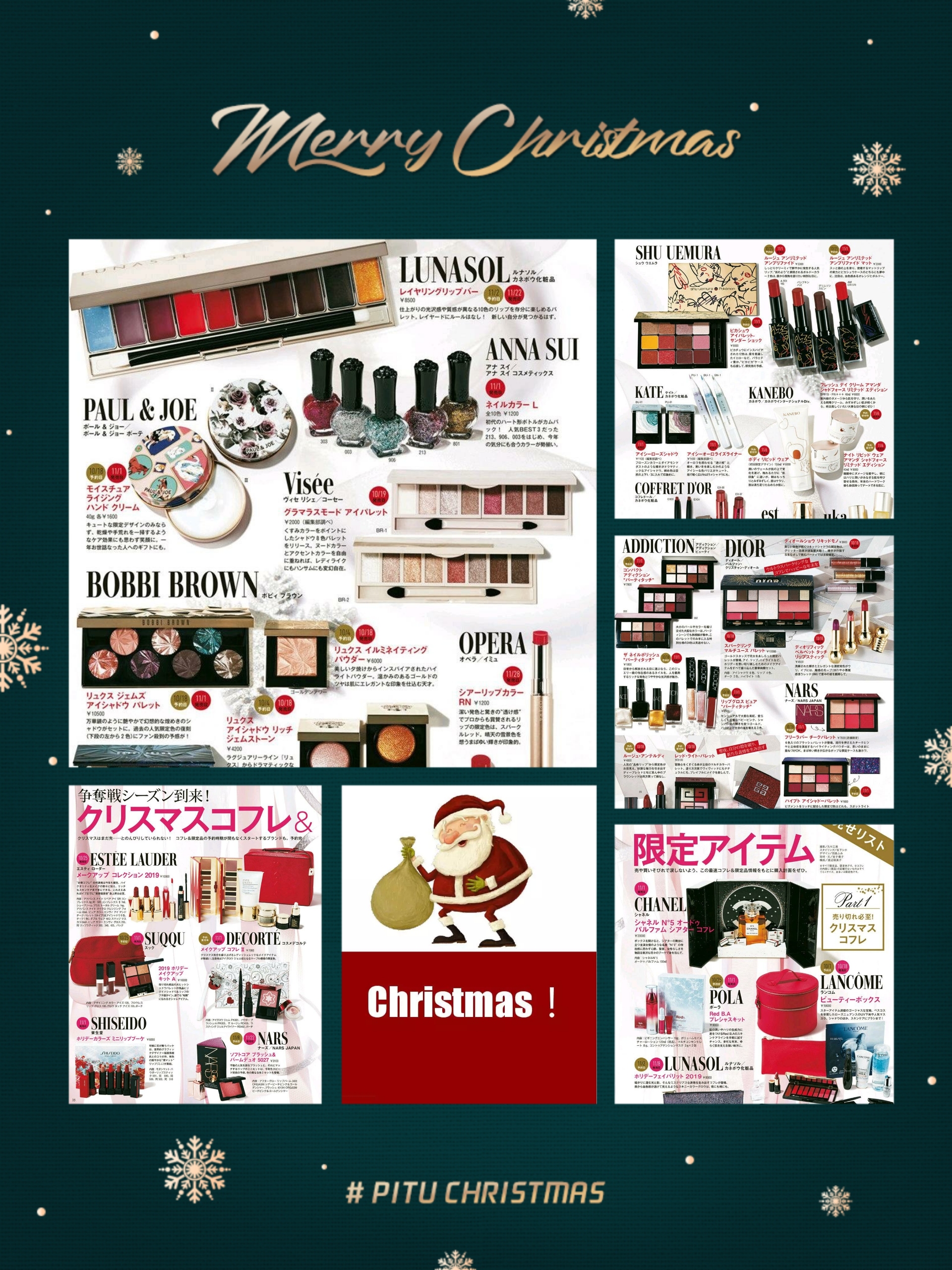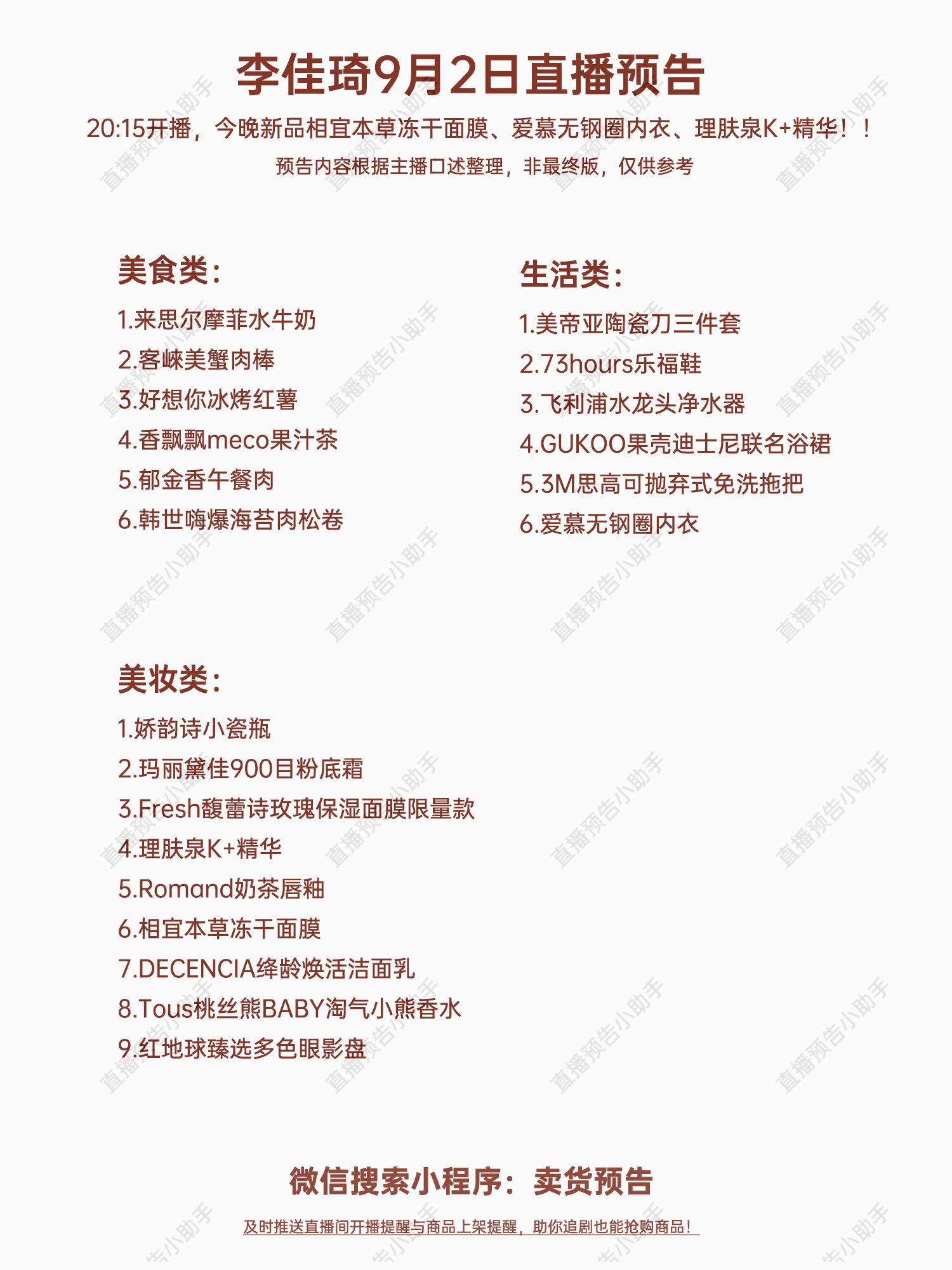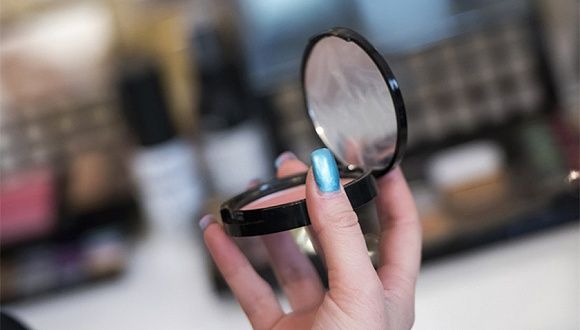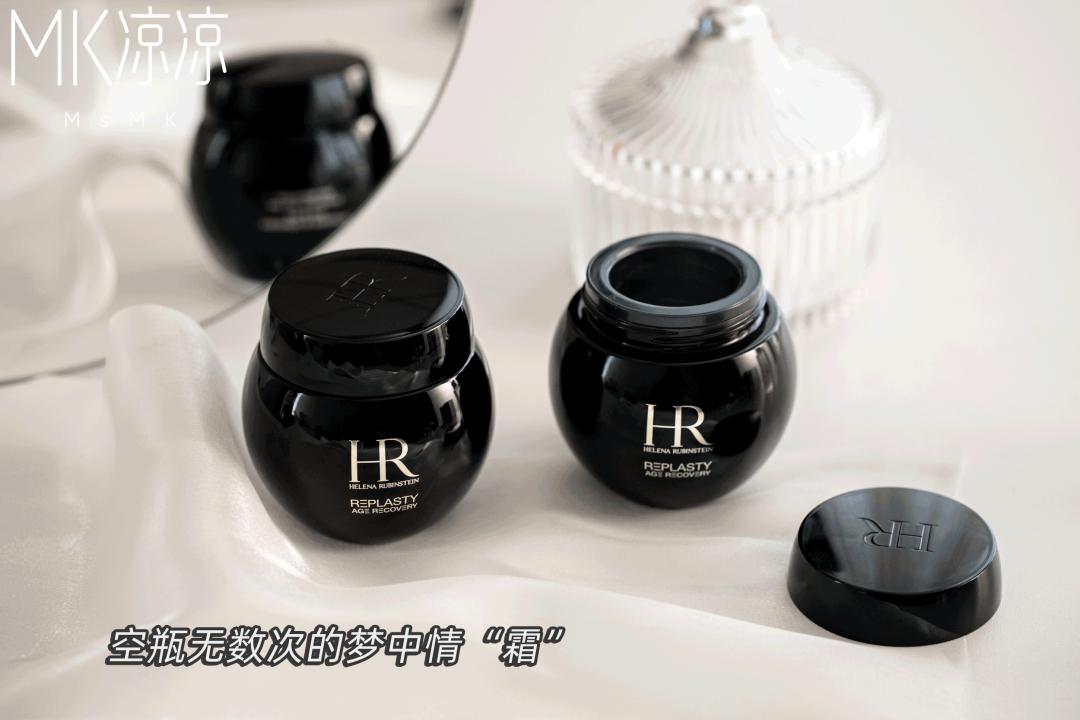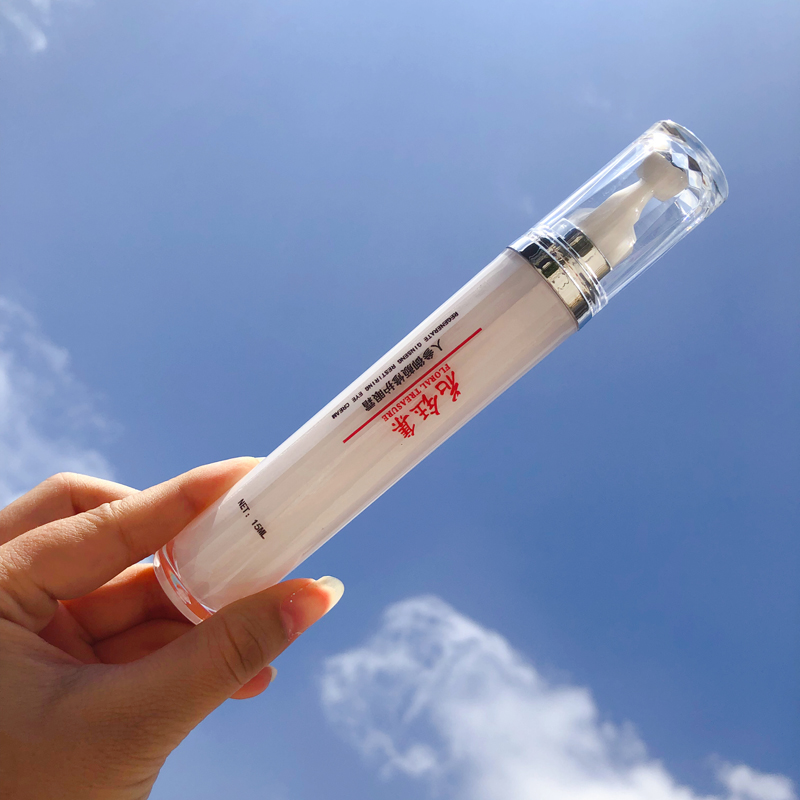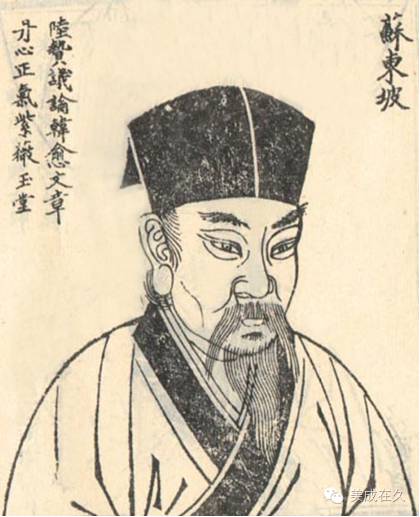
苏轼画像
2014年元旦,上海博物馆三位研究员发表了对2013年纽约苏富比拍出的宋代诗人及书法家苏轼(公元1037-1101年)所作《功甫帖》的详尽分析,认为其为19世纪的伪本。这幅名帖仅有九字,书于精致的米黄色纸本上,曾被中国现代最著名的两位鉴定家徐邦达(公元1911-2012年)和张珩(公元1914-1963年)确认为真迹。《功甫帖》在纽约苏富比拍卖上以823万美元被一位开设有私人美术馆的中国艺术品藏家拍得,而上博的评论发表于此次拍卖后三个月,由此引发了各方热议。苏富比对作品的真实性迅速做出回应,并承诺会组织己方专家出具详尽的驳文。
On the first day of 2014 three curators at the Shanghai Museum published detailed analyses of a famous work of calligraphy attributed to the Song poet and calligrapher Su Shi (1037-1101), arguing that it is a 19thcentury forgery. The work, known as the Gong Fu Tie Calligraphy, is a celebrated work of art consisting of just nine characters written on a fine, cream-colored paper, and had been considered a genuine work by two of modern China’s most distinguished connoisseurs, Xu Bangda (1911-2012) and Zhang Heng (1914-1963). The Shanghai critiques, published several months after the Gong Fu Tie had been sold at auction by Sotheby’s New York for US$8.23 million to a Chinese art collector who has opened his own museum, unleashed a variety of reactions. Sotheby’s quickly defended the authenticity of the work and promised a detailed rebuttal from their own experts.
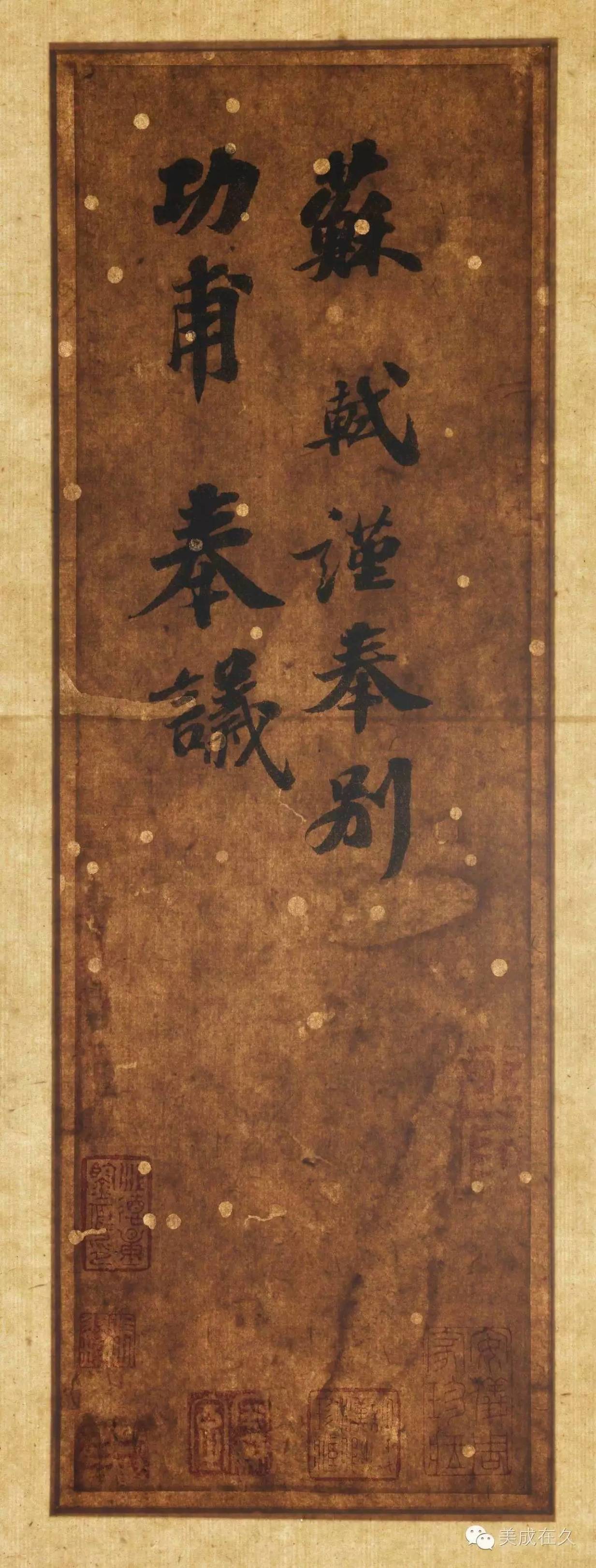
苏富比的《功甫帖》拍品
(图片采自《美成在久》第9期,第109页)
上博专家认为:《功甫帖》是摹自十九世纪原帖石刻的一份拓片,甚至不是摹自原帖本身;藏家印章也是后加的;提款真实性也存疑;张珩和徐邦达在其发表文章中所作鉴定也是错误的。在争论《功甫帖》是一份较早摹本的摹本同时,上博专家也指出中国最著名书法家王羲之(公元303-361年)几乎所有的现存作品都仅以此类摹本保存下来。
The Shanghai experts argued that the Gong Fu Tie was copied from an ink rubbing made from a stone engraving of the original work, and not even from the original work itself, in the 19thcentury; that spurious collectors’ seals were added to the copy; that the colophons attached to the work are of doubtful authenticity; and that the distinguished modern connoisseurs Zhang Heng and Xu Bangda, who authenticated it in their publications, were simply wrong. While arguing that the Gong Fu Tie is a traced copy made from an earlier traced copy, the Shanghai experts also note that nearly all of the extent works of China’s greatest calligrapher Wang Xizhi (303-361) are preserved only in the form of traced copies of exactly this kind.
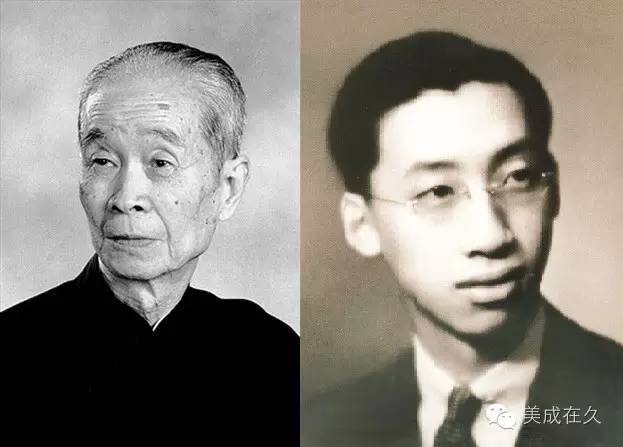
徐邦达(左)、张珩(右)
然而,苏富比的专家对《功甫帖》的真实性却观点鲜明,他们细致而又系统地反驳了上博专家提出的每个观点,并坚决否认其为摹本,或其他任何形式的副本。苏富比对曾与原帖一起装裱的翁同龢(公元1829-1904年)所作拓本的分析,尤为有力地消除了原帖可能为摹本的疑虑。所有此类研究中对摹本的细致审查本身即为一次功课,而在辩驳中,所有藏家的印章、题款都得到了显微图片对比的支持,这些对比极具说服力。对印章鉴赏的高级研讨也在此类研究资料中。这幅苏轼手迹被形容为走笔自然,是北宋最杰出的艺术家之一的稀世佳作——正如数年前张珩和徐邦达评价的一样——现在终于回到了故乡,苏富比团队在其报告中如是总结道。
Sotheby’s experts, however, make a very strong case for the authenticity of the Gong Fu Tie, carefully and systematically refuting every point made by the Shanghai experts, and vigorously denying that it is a traced copy, or a copy of any kind. Sotheby’s analysis of the traced copy by Weng Tonghe (1829-1904) that is mounted together with the original is particularly effective in dispelling the claim that the original could be a traced copy. The close examination of traced copies in all of these studies is a lesson in itself. Also in their rebuttal, all collectors’ seals and colophons are supported by minute photographic comparisons that are to my eyes very persuasive. An advanced seminar in the connoisseurship of seals is contained in these dossiers. The Su Shi calligraphy is described as an act of spontaneous writing and acclaimed a rare masterpiece by one of Song China’s most brilliant artists, exactly as Zhang Heng and Xu Bangda had written years ago – and is being returned now at long last to its homeland, the Sotheby’s team concludes its report.
——摘自《美成在久》第9期108-109页。
往期珍赏·珍品目录
(点击标题 即可阅读)
特 别 声 明
本文为《美成在久》杂志出品,未经《美成在久》杂志授权,任何媒体和个人不得转载、链接、转贴或以其他方式使用;已经授权的,在使用时必须注明“本文转载自《美成在久》”。违反上述声明者,本网站将追究其相关法律责任。
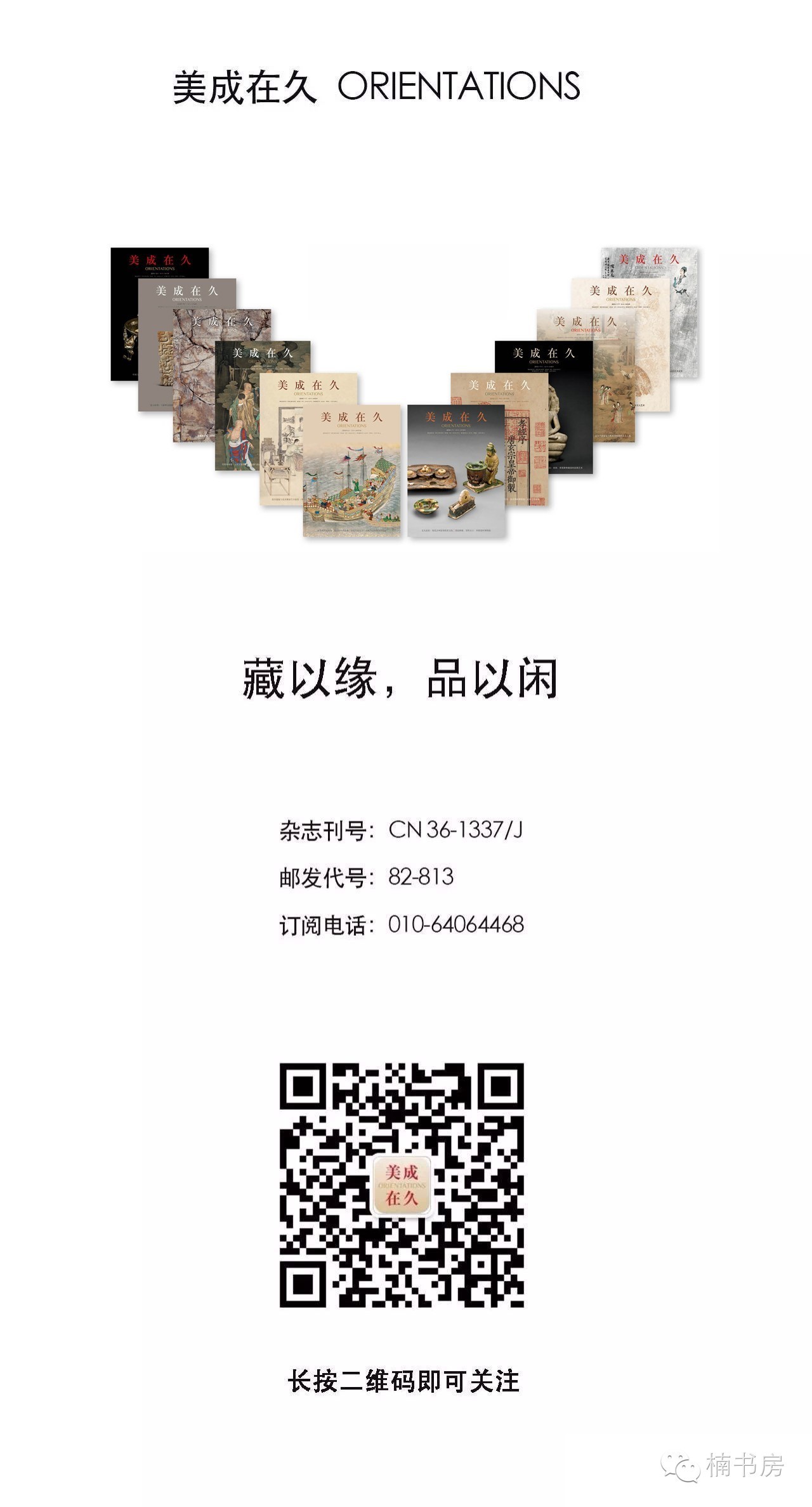
版权声明:CosMeDna所有作品(图文、音视频)均由用户自行上传分享,仅供网友学习交流。若您的权利被侵害,请联系删除!
本文链接://www.cosmedna.com/article/268755399.html

